No. 34
Be ready for blackouts
What you need when things go dark
Due to an aging power grid, blackouts are more common than they used to be. And things won’t get better anytime soon. So here are some tips to help you survive an electrical outage.
Voice of experience
Fill the tub
When the power grid goes down, your city water supply may soon follow. So fill up buckets and bottles. Fill the bathtub, too. But most drains are not all that tight, and in a few hours all that precious water may be gone. To prevent that, seal the drain with duct tape before you fill the tub.

Tompkin Lee, The Family Handyman Field Editor

Get cash
In a blackout, cash is king. Some stores may stay open, but they probably won’t be able to process credit card purchases. And all the cash machines will be on strike. So keep an emergency cash stash on hand.
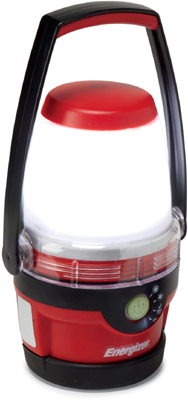
Conserve batteries
LED flashlights and lanterns have a huge advantage over incandescent models: They allow batteries to last much longer (typically about six to 10 times as long).
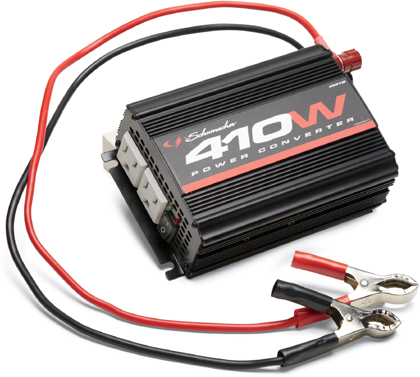
Turn your car into a generator
A power inverter, which turns DC current from your car into AC current for electric gadgets, is the next best thing to a generator when it comes to surviving a blackout. Small units can recharge your computer or phone. Larger ones can power a fridge or power tools.
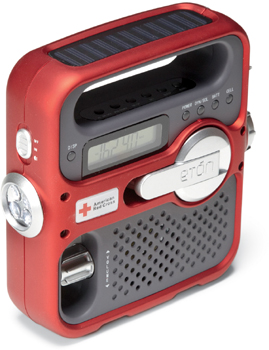
Stay tuned
If phone and Internet systems go down along with the power grid, a battery-powered radio may be your only source of weather and emergency information. You could listen in your car, but a portable radio lets you listen anywhere. Some models have a solar panel or a hand crank for recharging, so you don’t even need batteries.
Voice of experience
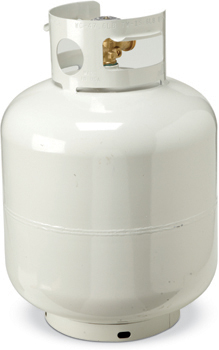
Fill the grill tank
During a three-day outage, I fed dozens of friends and neighbors by grilling everything in my fridge and freezer. Without power to keep food cold, it all would have gone bad anyway.

Arthur Barfield, The Family Handyman Field Editor
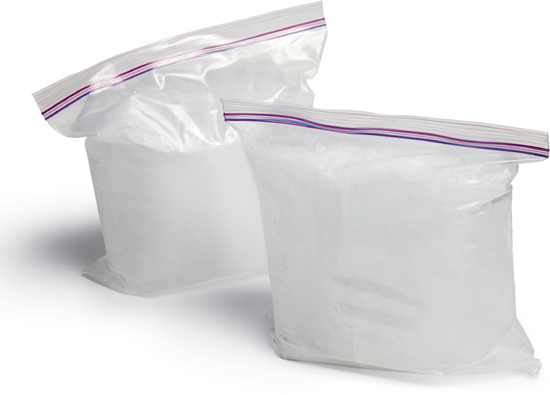
Ice saves food
A couple of days without power can cost you a few hundred bucks as food spoils in fridges and freezers. Fill locking freezer bags with water and keep them in the freezer. During a blackout, they’ll help the freezer stay cold longer. Or you can transfer them to the fridge or a cooler. When they thaw, you’ve got drinking water.
Voice of experience

A CO detector is essential
Blackouts often lead to carbon monoxide deaths. Here’s why: To get heat during outages, people crank up fireplaces, gas stoves and all types of heaters—and anything that burns produces carbon monoxide. So I get out a battery-powered CO detector whenever I use an emergency heat source.

Kevin Yochum, The Family Handyman Field Editor
Don’t wreck your TV
When the power grid sputters back to life, it will probably create power surges, which can destroy sensitive electronics in TVs, computers and appliances. So unplug anything that may contain electronic components. Leave one light switched on to let you know when the power is restored. And if you have a generator, check the manual. Most inexpensive models churn out “dirty” power that can harm electronics.
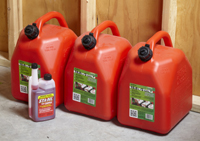
Gas up
Your car is a critical part of your survival kit. It’s your emergency transport, your charging system for cell phones and maybe even the only heated space you’ll have. So keep your tank full before storms. If you have gas cans, fill them, too. When the power is out, gas stations can’t pump gas from their tanks into yours.
After the power goes out
• Don’t use candles. Flashlights produce more light and won’t burn your house down.
• Bring solar landscape lights inside. Don’t forget to put them out for recharging during the day.
• Keep the fridge closed. The less you open fridge and freezer doors, the longer your food will stay cold.
• Tap your water heater. It’s your built-in emergency water supply. Let the water cool before you open the drain valve at the bottom of the tank.
• Don’t take chances. Power outages mean packed emergency rooms and delayed ambulance service; it’s the worst time to get injured.
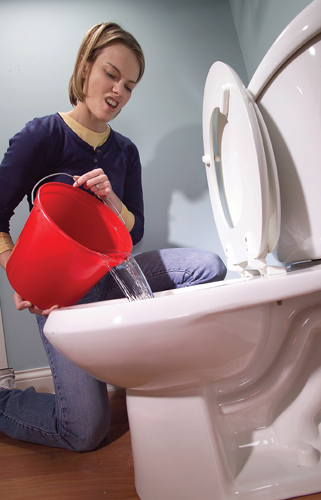
Flush with a bucket
Even if a power outage stops your well pump or the city water supply, you can still flush the toilet. Dump a couple gallons into the bowl or fill the toilet tank. This works just as well as the usual flush, but won’t refill the bowl.











